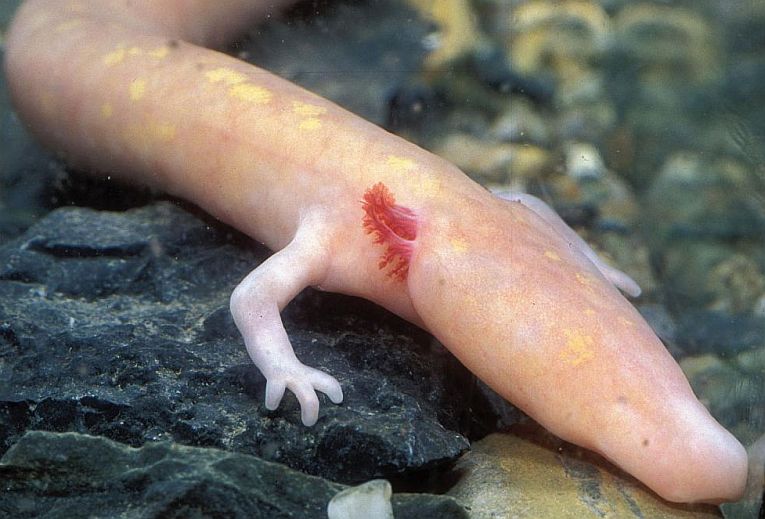The variety of vertebrates is unbelievable. You think you know them and then a new species or even a revelatory new amphibian comes up and bites you on the nose! The diversity over the last 470 million years is amazing but even the standard bird or mammal gives us plenty of surprises as the genomes are worked out. The official word for the jawed vertebrates is gnathostomes. More genes can now be located using a 10 Gbp sequencing system, but 90% of this effort is unnecessary to simply look at full-length genome information.
Iker Irisarri, Axel Meyer and many European and American colleagues from the Universities of Konstanz, Liege, Montpellier, Sorbonne, Braunschweig, Montreal, and Uppsala, plus several other institutions highly involved in biodiversity and genomics, simply used the nuclear genes from 100 groups, looking especially at 23 key species that have just been examined. The product is a giant and robust
evolutionary tree which illustrates perfectly exactly how we all diverged from each other.
They published this informative paper on 24th July in Nature Ecology and Evolution as a jawed vertebrate timetree with all the detail you need to work out who was who and who is related to every group.
Fish are very important within this clade as originators of behaviours that we cling to
today. Here some placoderms within the Scottish sandstones revealed why copulation became important. The controversies surrounding several lungfish as our Devonian ancestors become resolved as a definite positive while differentials between groups in terms of species richness and many other aspects become better understood. Turtles now appear alongside crocodilomorphs and birds as Archosaurs while the amazing Amphibia are related properly within the caecilians, frogs and salamanders.
Even the old chestnut of dinosaurs being replaced by 2 groups of birds and mammals is dismissed when their records go back way beyond the 67mya demise of the giant reptiles. With such elucidation, this technique is likely to be used many times over with other organisms. We will be educated by this new technique in the future more than by most current technology.










